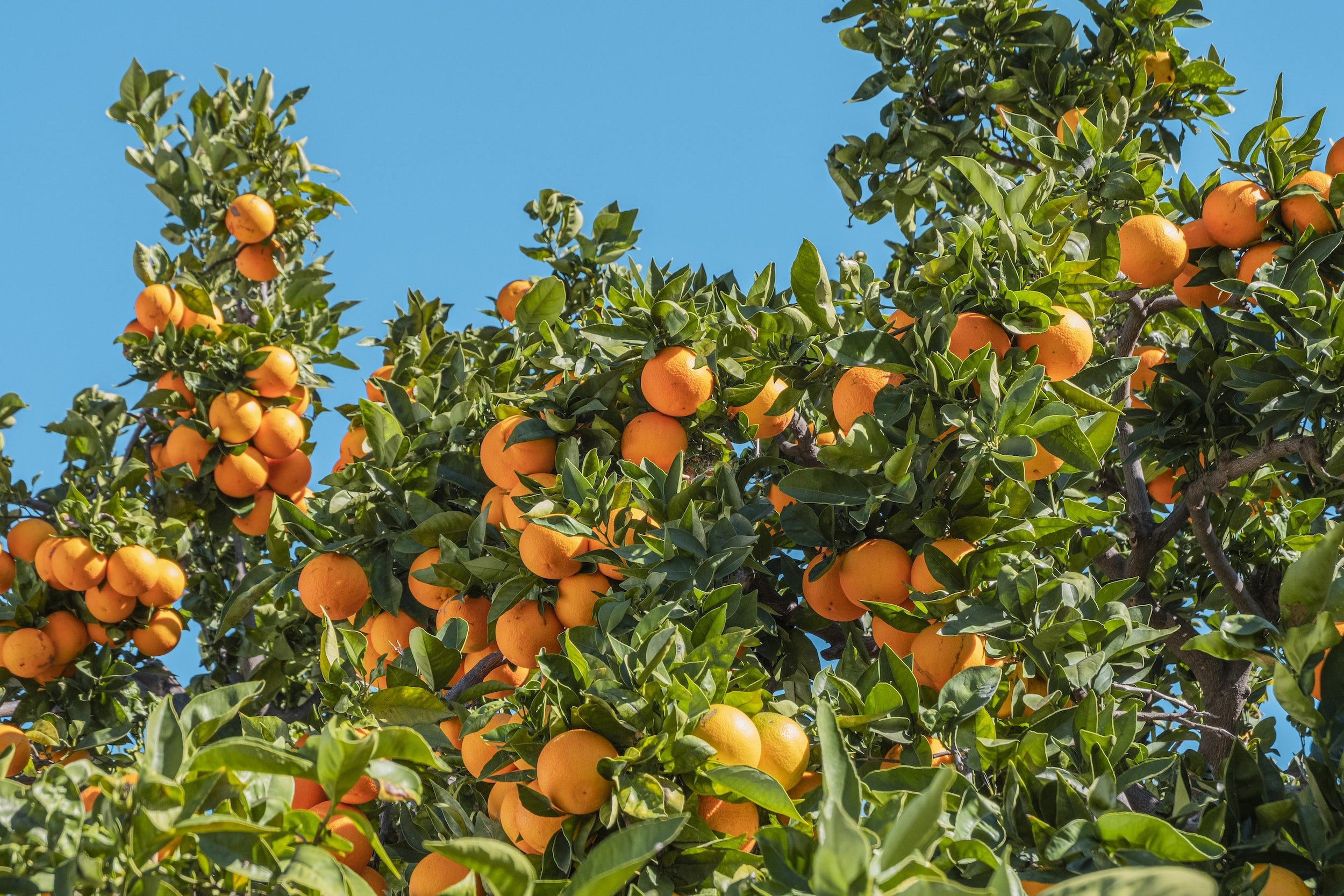By: Catherine Barrett, Staff Member
Owners of residential trees destroyed during a failed attempt to eradicate citrus canker are still awaiting compensation. The story of citrus canker highlights the sad fact that legal compensation is often slow and inadequate.
Citrus canker is a highly infectious bacterial disease that affects all types of citrus.[1] The condition causes oily brown lesions on leaves and fruit.[2] A serious attempt to eradicate the disease started in 1994.[3] More than 16.5 million trees were destroyed during the campaign.[4] State workers entered private backyards and felled established fruit-bearing trees as distraught owners watched.[5] Feelings against the “canker gestapo” ran high among some Florida residents.[6]
This is not the first time that a battle with citrus canker has outraged tree owners. The first major outbreak of the disease occurred in 1913.[7] A law was passed requiring the destruction of infected trees, and inspectors searched orchards for signs of canker, burning entire groves if any tree showed signs of the illness.[8] Farmers, facing financial ruin if their trees were burned, tried to keep the burn crews off of their lands with shotguns and lawsuits; neither approach was successful.[9] The destruction of orange trees affected by citrus canker was upheld by state courts in 1917.[10]
Destruction of trees in order to halt the spread of arboreal diseases has historically been upheld as constitutional. Courts have reasoned that “the destruction of a tree affected by a disease… is as fully within the police power of a state as the destruction of a house threatened by a spreading conflagration,” even if the destruction is against the owner’s will and no compensation is provided.[11] Stated differently, because the trees were doomed to die, they were worthless. Consequently, no constitutional taking occurs when they are destroyed. This is still the position argued by the Florida Department of Agriculture: trees exposed to citrus canker have no value.[12]
Between 2000 and 2006, the state of Florida destroyed every citrus tree within 1,900 feet of an infected tree, even if the trees appeared healthy.[13] Citrus canker externally disfigures fruit, but does not harm humans, so the fruit can still be consumed.[14] In an apparent change of course, Florida courts have held in class-action lawsuits by tree owners that the trees did have some value and that destroying them was a taking.[15]
Sadly, the only real winner of this legal battle is the canker. A series of hurricanes spread the bacteria so widely that eradication is no longer possible, and efforts to do so have been abandoned within the state.[16] Despite their victories in court, owners have not yet received compensation for the trees that died in vain.[17]
[1] Citrus Canker Fact Sheet, Florida Department of Agriculture & Consumer Services Division of Plant Industry, http://www.freshfromflorida.com/pi/canker/faqs.html.
[2]Id.
[3]State Refusing To Citrus Canker Pay Outs, CBS Miami (September 25, 2011, 12:16 PM) http://miami.cbslocal.com/2011/09/25/state-refusing-to-citrus-canker-pay-outs/.
[4] Susan Salisbury, Citrus canker trial continues for Boca couple seeking compensation, The Palm Beach Post (Nov. 28, 2011, 7:49 PM) http://www.palmbeachpost.com/money/citrus-canker-trial-continues-for-boca-couple-seeking-1274647.html?printArticle=y
[5]Id.
[6]Citrus Canker: A Corporate Love Story, Or Of The Press (Sept. 5, 2011) http://orofthepress.wordpress.com/2011/09/05/citrus-canker-a-corporate-love-story/.
[7] Jean C. Taylor, The Citrus Canker, History Miami http://www.hmsf.org/history/citrus-canker.htm.
[8]Id.
[9]Id.
[10]Louisiana State Board of Agriculture and Immigration v. Tanzmann, 140 La. 756 (1917).
[11]State v. Main, 69 Conn. 123, 84 (1897).
[12] Salisbury, supra note 4.
[13] CBS Miami, supra note 3.
[14]Id.
[15]Department of Agriculture & Consumer Services v. Bogorff, 35 So.3d 84 (2010).
[16] Fact Sheet, supra note 1.
[17] CBS Miami, supra note 3.

